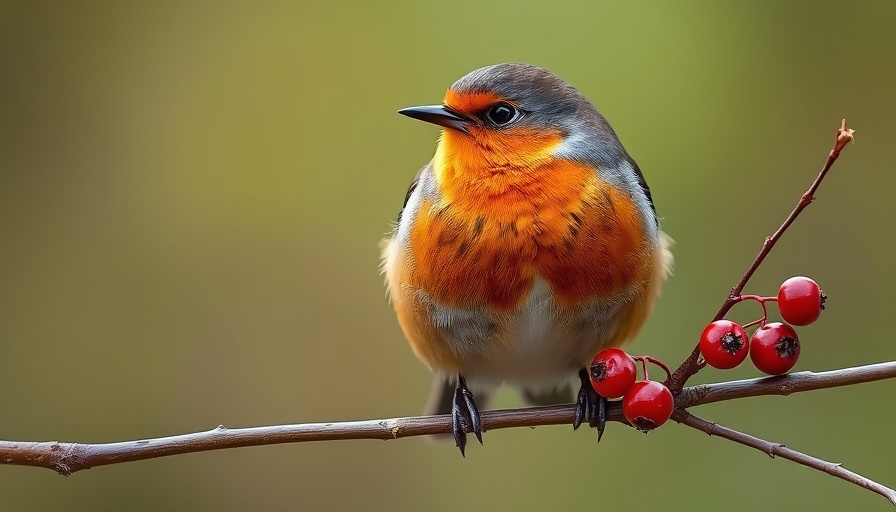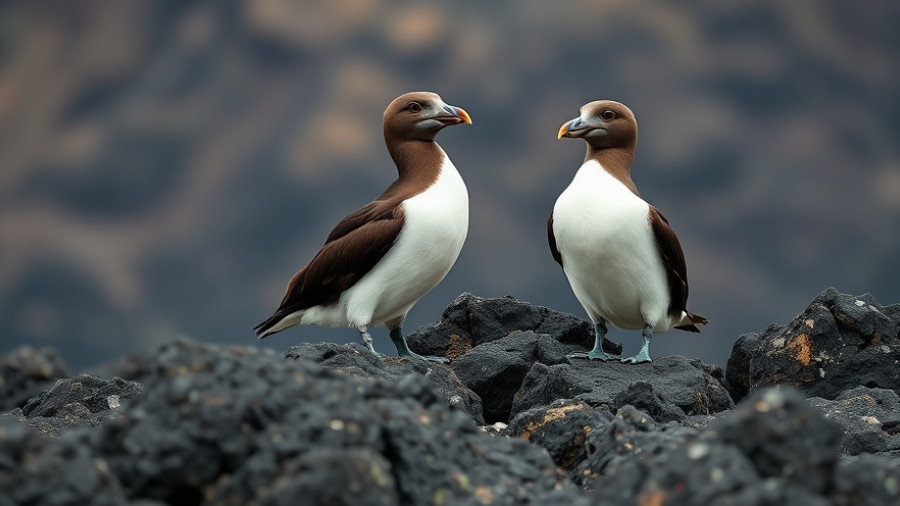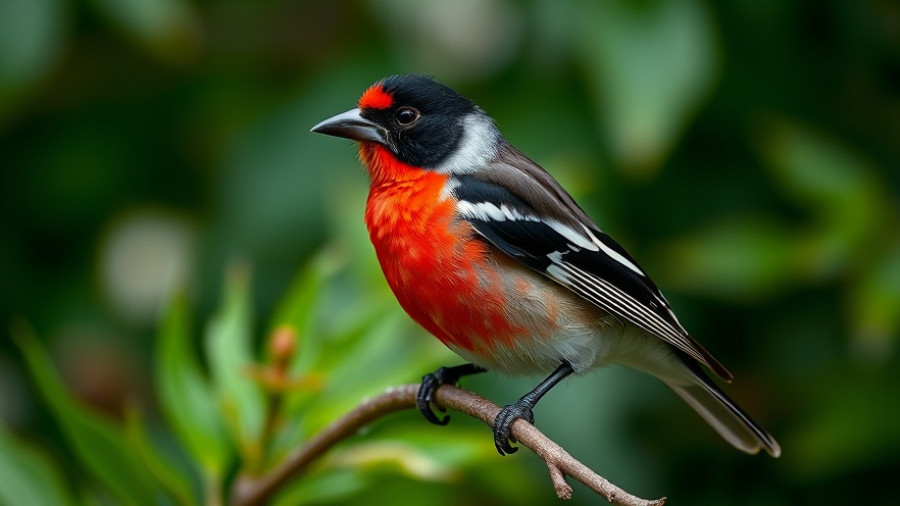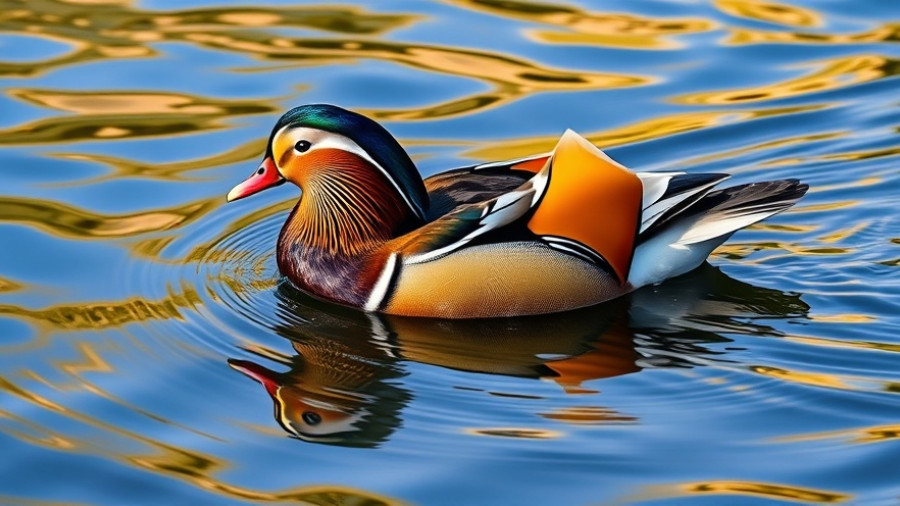
BirdNote: A Celebrated Journey Through Nature
For over 20 years, BirdNote has been captivating audiences with its delightful and insightful daily episodes about birds and their natural habitats. Short and engaging, each episode averages less than two minutes, catering perfectly to our busy lives while enriching our understanding of the avian world. It’s not just about enjoying these short snippets; it’s about fostering a genuine appreciation for nature that can extend beyond simple observation to active participation.
Connecting With Nature: Why BirdNote Matters
BirdNote serves as a bridge between humanity and nature, promoting a connection that is increasingly vital in our fast-paced world. In every brief episode, listeners are invited to embrace the beauty of birds, instilling a sense of wonder that can inspire conservation efforts. As people become more aware of the ecology around them, they can make informed decisions to protect these feathered residents. This show not only entertains but also empowers its audience by educating them about the ecological significance of different bird species, thereby igniting a passion for avian conservation.
The Power of Engagement in Bird Conservation
In recent years, BirdNote has become more than just a show; it has engendered a community galvanized by a shared love for birds. The call for donations is more than just a financial request; it's an invitation for listeners to be part of something bigger. This partnership between BirdNote and its audience exemplifies how grassroots movements can thrive through shared passion and community support. It encourages people to consider their role in fostering an environment where birds can thrive, leading to a more balanced ecosystem.
Future Trends in Bird Enthusiasm and Support
As society increasingly values sustainability, the demand for educational programs about environmental issues, like those offered by BirdNote, is on the rise. Upcoming initiatives projected for spring fund drives aim to draw more listeners into the fold, ensuring the organization's operations can flourish while continuing to inspire awareness about nature. Trends suggest that as digital avenues for learning expand, more people will seek out these relatable experiences that BirdNote encapsulates within its short broadcasts.
Join the Movement: Support BirdNote
As BirdNote continues its mission to educate and engage, audience support is crucial. If you, too, have felt the joy from hearing about different birds or learning something new about the wonders of nature, consider supporting BirdNote. Your contributions can help sustain the program and foster a future where more people appreciate and protect our natural world.
Celebrating the essence of birdlife is within everyone's reach, and participating in BirdNote's journey could very well alter your perspective on the wonders surrounding you. Don’t miss the chance to be part of this uplifting narrative!
 Add Row
Add Row  Add
Add 




Write A Comment